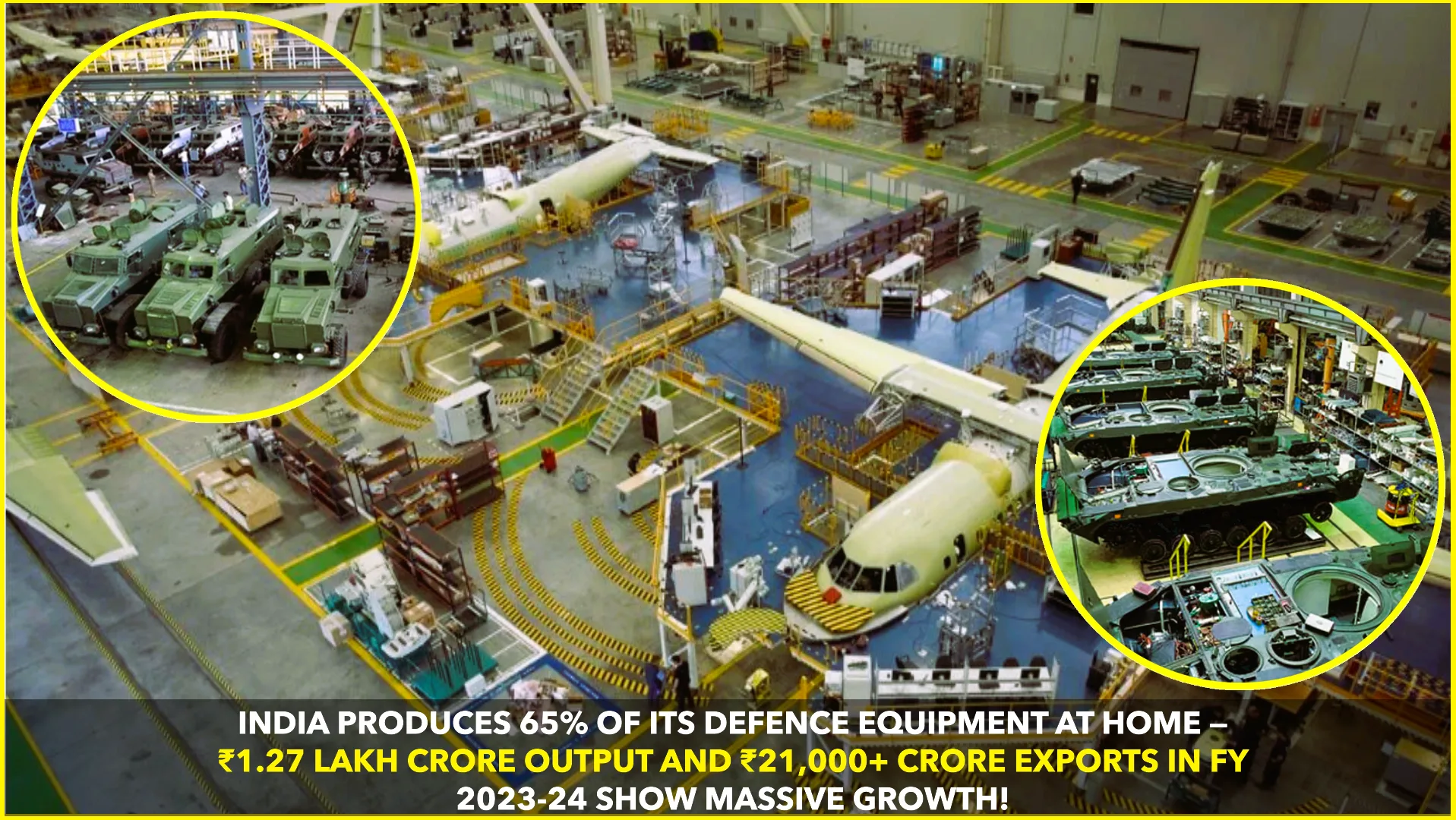During World War II, the United States faced the urgent task of ramping up military production on an unprecedented scale. One of the most remarkable examples of American industrial might came from an unexpected source—Ford Motor Company. Known for building cars, Ford transformed wartime production with the construction of the Willow Run plant in Ypsilanti, Michigan.
This factory wasn’t just big; it was massive. Stretching nearly a mile long, Willow Run was the largest factory under one roof when it opened in 1942. More importantly, it introduced automobile-style assembly lines into aircraft production, a radical shift that changed how planes were built and how quickly they could be delivered to the battlefield.
The Challenge of the B-24 Bomber
The aircraft at the center of this effort was the B-24 Liberator, one of the most widely used heavy bombers of the war. Before Willow Run, bombers were typically constructed in small numbers by specialized aviation companies. Each plane was painstakingly assembled, often outdoors, which meant production was slow and limited.
Henry Ford believed his company could do it differently. If cars could be mass-produced, why not bombers? That vision led to the creation of Willow Run, where the B-24 was broken down into parts and moved through a line of stations, much like a Model T. Workers added pieces step by step until a fully assembled bomber rolled out the other end.
A Bomber Every 63 Minutes
At first, the idea seemed too ambitious. Transitioning from cars to complex bombers required new skills, precision engineering, and strict coordination. But by 1944, the system was running at full speed. Willow Run achieved a staggering rate of production: one B-24 bomber every 63 minutes.
That year, the plant hit a monthly record, producing 428 bombers in just 30 days. By the end of the war, more than 8,600 B-24s had been built at Willow Run. The plant not only provided the U.S. Army Air Forces with a steady supply of bombers but also showcased the power of industrial innovation.
The Workforce Behind the Machines
None of this would have been possible without the people who kept Willow Run running. At its peak, more than 42,000 men and women worked at the plant. Many of the workers were women who had never before entered industrial jobs but stepped up when men went to war.
These women became symbols of strength and resilience, immortalized in the cultural icon “Rosie the Riveter.” Posters and songs celebrated their efforts, and Willow Run stood as one of the key places where this new workforce thrived.
Life After the War
When the war ended in 1945, the need for mass bomber production disappeared overnight. Willow Run was eventually sold to car companies and returned to civilian production. General Motors later used the site for decades, producing automobiles and auto parts until the early 21st century.
But the legacy of Willow Run did not fade. It remains a symbol of how American industry rose to meet wartime demands, proving that mass production techniques could be applied to something as complex as military aircraft.
A Living Legacy
Today, part of the original factory site is preserved as the Michigan Flight Museum. Visitors can see aircraft, artifacts, and stories that keep the memory of Willow Run alive. The museum celebrates not only the technological achievement but also the human determination that defined the plant.
From a mile-long assembly line to thousands of bombers that took to the skies, Willow Run stands as a landmark in industrial history. It was more than just a factory—it was a turning point in how nations harnessed technology and labor to meet the challenges of war.










